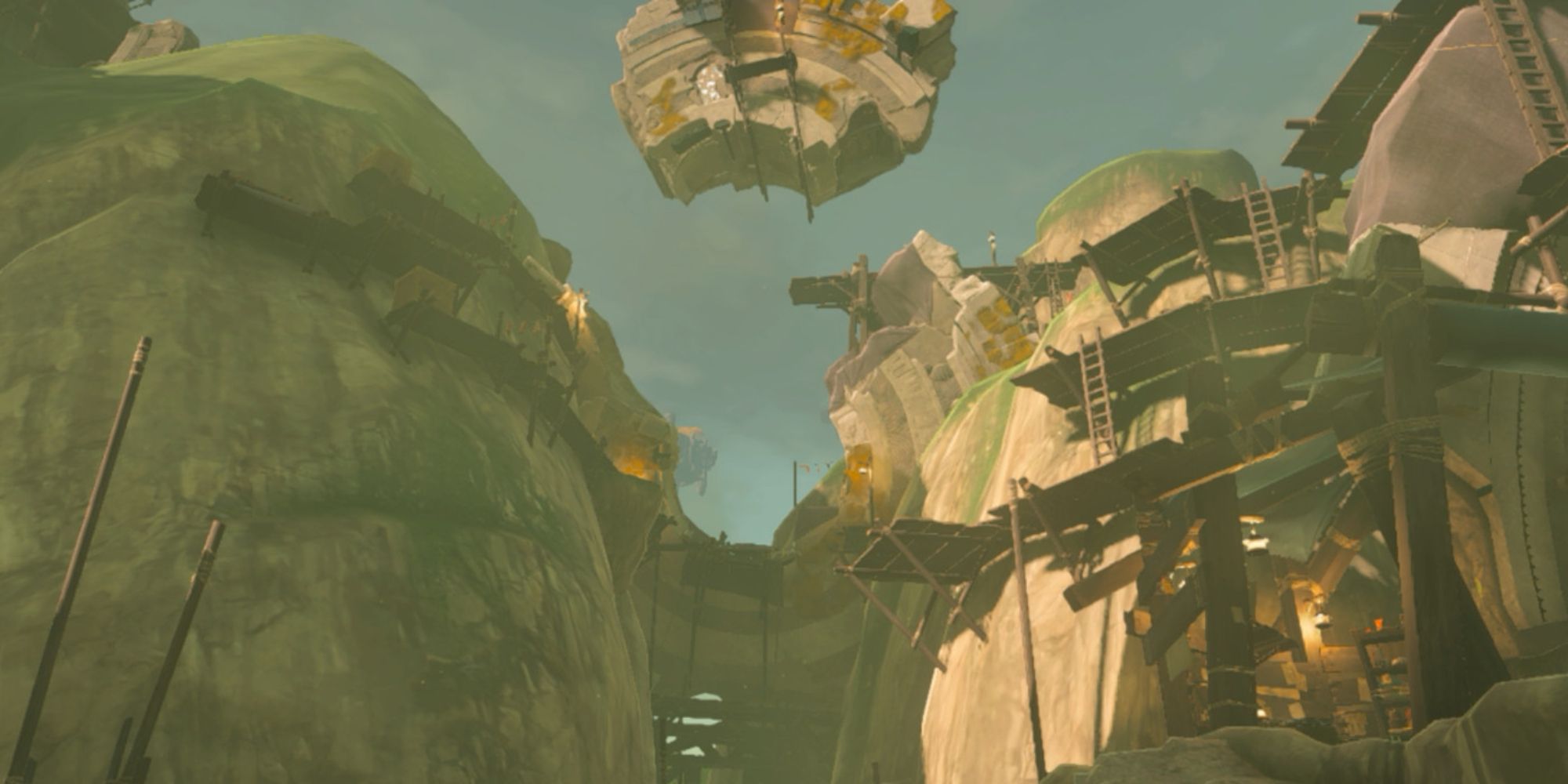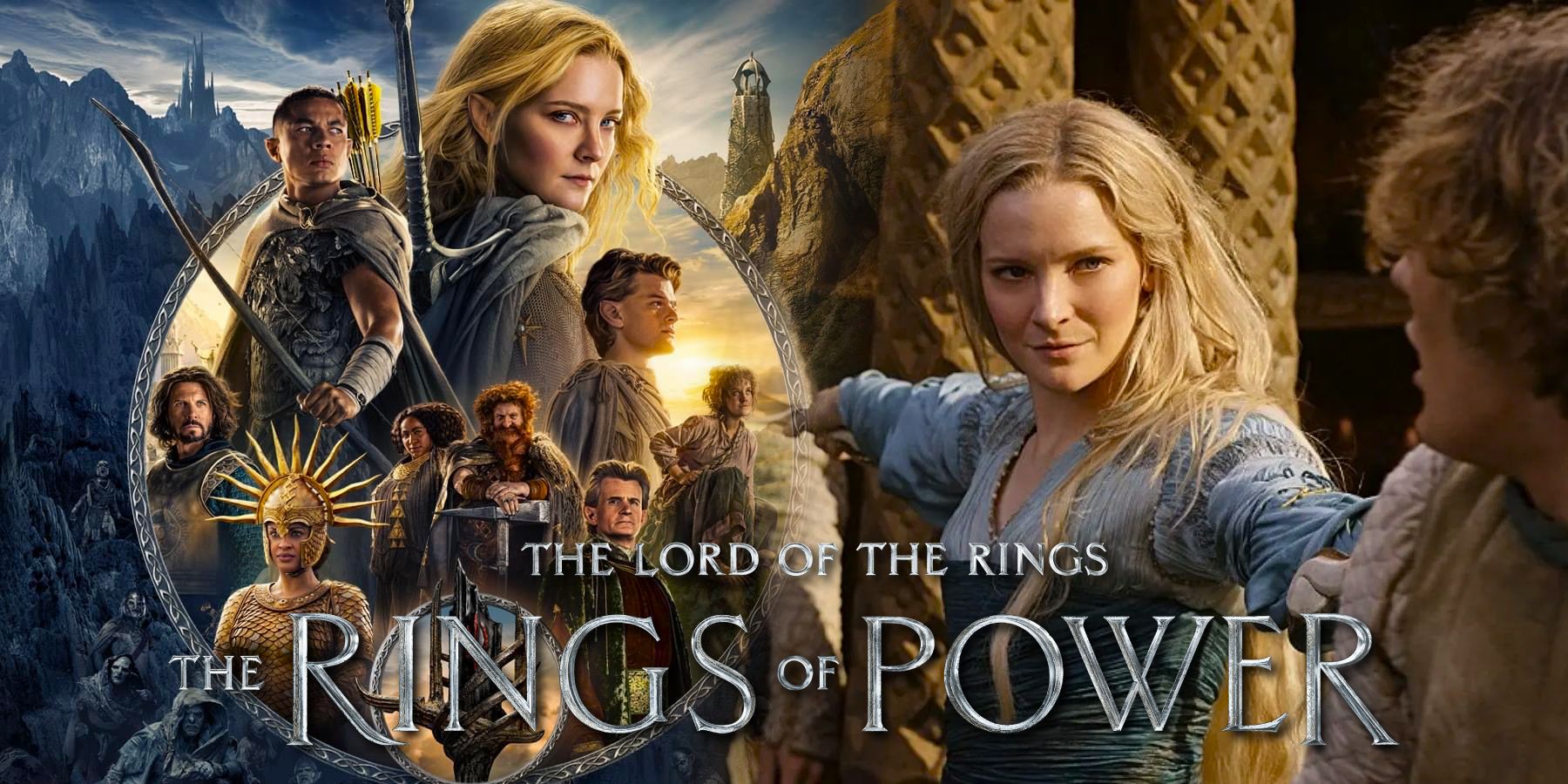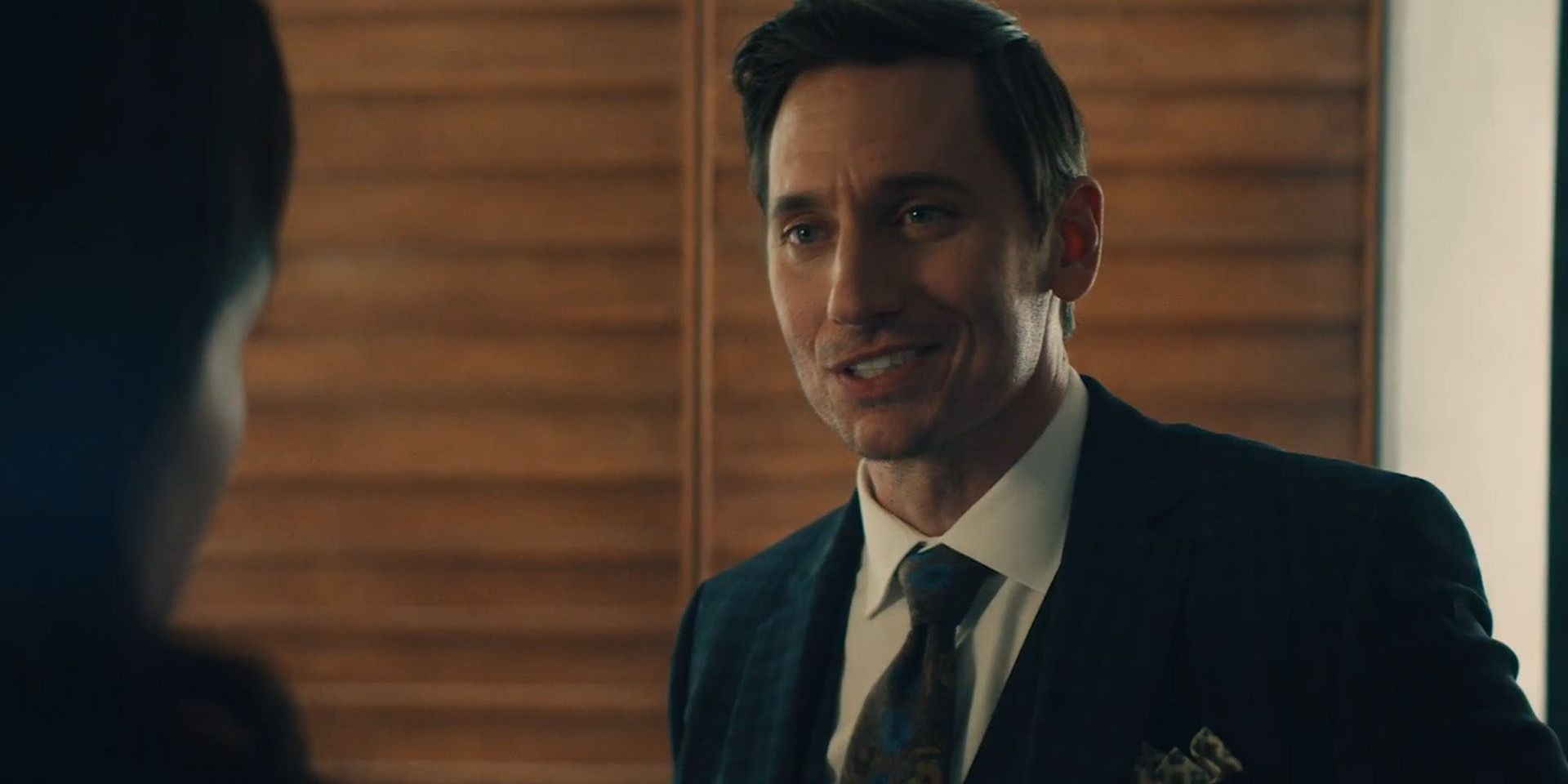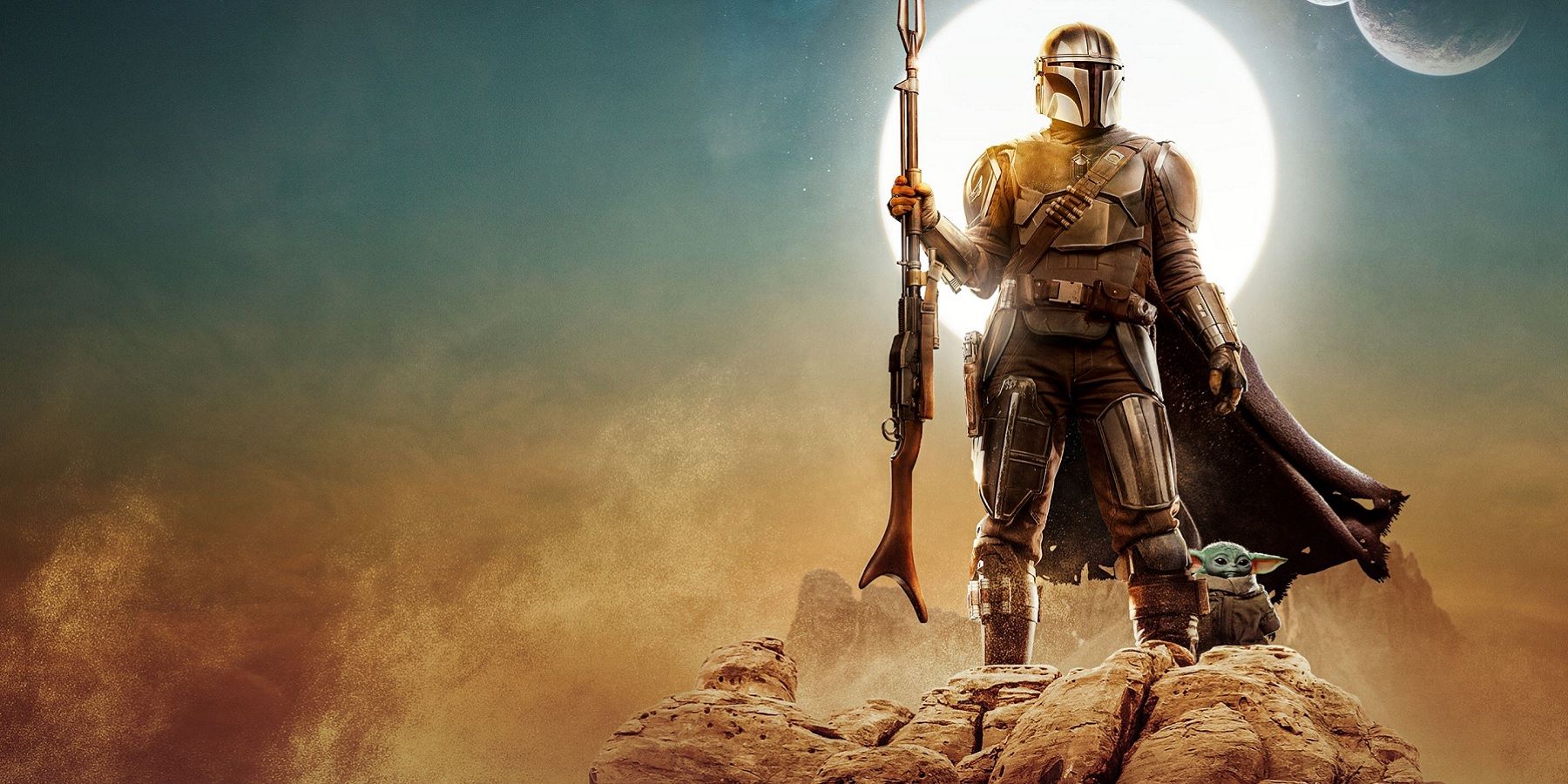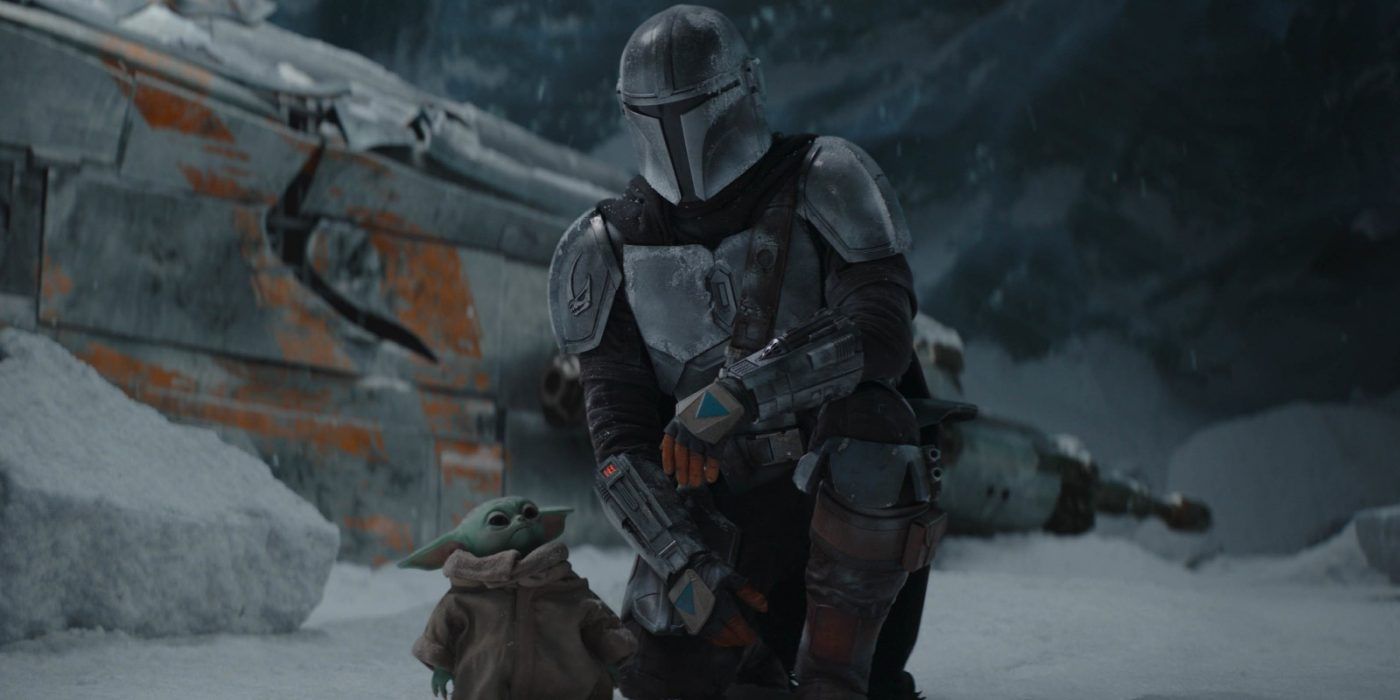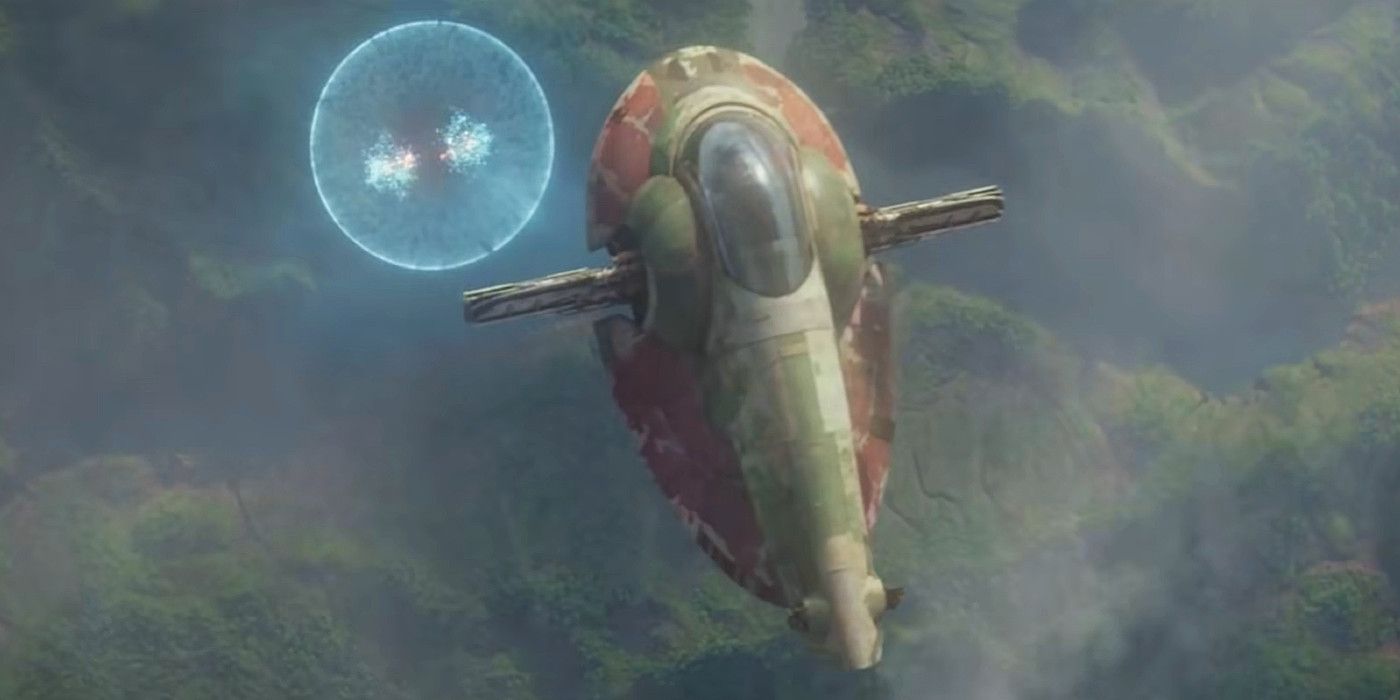The Mandalorian is perhaps the most uncontroversially beloved piece of Star Wars media in the past several decades. After some big plot swings in the end of season 2, season 3 is on its way with the promise of more Jedi and lightsabers, a choice that threatens to ruin what makes the series so special.
The most recent Star Wars films, while still massively successful, have become sources of discourse and mixed fan responses. The Mandalorian boldly pulls away from the main narrative to create something new and special, but its falling into old habits.
The Mandalorian is the story of a lone bounty hunter from a largely forgotten ancient order who takes charge of a child with mystical powers and tremendous galactic implications. The structure of the show, at least in its first season, centers around largely self-contained missions and adventures as the title character tries to live up to his responsibilities. The series is set mostly in the seedier underworld elements of the Star Wars universe, bringing to the screen huge chunks of the setting that have not been realized in the films. It is, at its heart, a tone-driven western set in the beloved galaxy far far away. This unique tone and approach to setting create something that feels wholly new, while still playing in the worlds fans love.
Season 2 of the series began to insert more elements from the larger universe back into the standalone narrative. It started out fairly small, the first episode of season 2 takes place on reoccurring series setting Tatooine. Though that is self-referential, it's hardly distracting. In fact, season 1 featured a trip to Luke's home planet as well. Things start to get a little more involved in the primary narrative in epsiode 5, when Ahsoka Tano makes her grand appearance. That epsiode was fantastic, but the reintroduction of this fan-favorite character did start to distract from the central elements of the series. Tano's cameo was still commendably restrained in comparison to the next episode.
When Boba Fett finally enters The Mandalorian, he does so with a level of fanfare that borders on comical. The main character is pinned down, under heavy enemy fire, and completely defeated by a small army of soldiers. He is rendered helpless by a group of stormtroopers that the eponymous bounty hunter could usually mow down in seconds. Fett appears just in time to save his life, immediately shows up the title character, and swiftly puts on the old armor in a blatant reach for fanservice. As if that didn't drive home the importance of this character, the Mandalorian's ship is then destroyed, meaning much of the remaining plot takes place on Slave-1. The season ends on an ad for the upcoming Boba Fett solo series.
It is almost inarguable that this direction for the plot was chosen for two main reasons; to sell the upcoming Boba Fett series and to reintroduce old stuff for fan recognition. Studios have an awful habit of relying on things fans recognize to earn praise. This is the type of decision-making that can lead to disasters like Space Jam: A New Legacy. Taking a series that became popular for breaking the mold and dragging it back down to name recognition and franchise management is a terrible waste of good work.
The central plot of Star Wars has basically always been the struggle between Jedi and Sith. A Jedi is the main character of all nine main entries in the franchise and of most of the spin-off properties. Despite some departures, like Solo or Rogue One, the quintessential Star Wars story is about a laser sword-wielding mystical night fighting a black-clad villain. The struggle over the force is the standard mode of the franchise, which is what makes The Mandalorian so special.
Grogu A.K.A The Child, better known as Baby Yoda, was the first Jedi introduced to the series, Ahsoka Tano appeared in one episode and the series ends with Luke Skywalker's cameo. Three Jedi are not exactly overwhelming, but the introduction of Luke raises some difficult questions. Almost every single part of the Star Wars saga is not just tied into the overarching dark side versus light side conflict, but also tied up directly in one single family bloodline. The Skywalker family is the central point from which the entire galaxy cannot escape. Even The Mandalorian is eventually pulled into the first family of the franchise, which is a shame.
The problem with reinserting the tangled web of tired concepts from the massive universe of Star Wars content is wasting potential. Focusing a theoretically massive universe down to a single concept, or indeed a single family, makes what should feel like an endless expanse packed with infinite potential, into a tiny repetitive series of diminishing returns. Detractors have noted that the franchise always runs back to the same couple of ideas, accidentally revealing its universe to be terribly small. This criticism is hard to fight when the franchise takes original concepts and slowly drags them back towards the status quo.
The Mandalorian still has a ton of potential to be great, and the central concept remains as strong and beloved as ever. But slowly turning a brilliant new idea in a franchise into the same old idea would be a terrible waste, and shoving Jedi into The Mandalorian is just running from progress.

